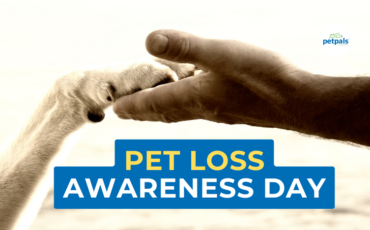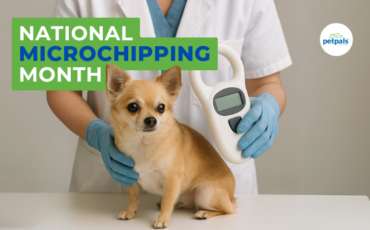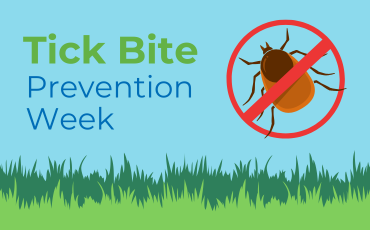Beach Safety Tips for Dogs: Keep Their Day by the Sea Safe and Fun
13th May 2025
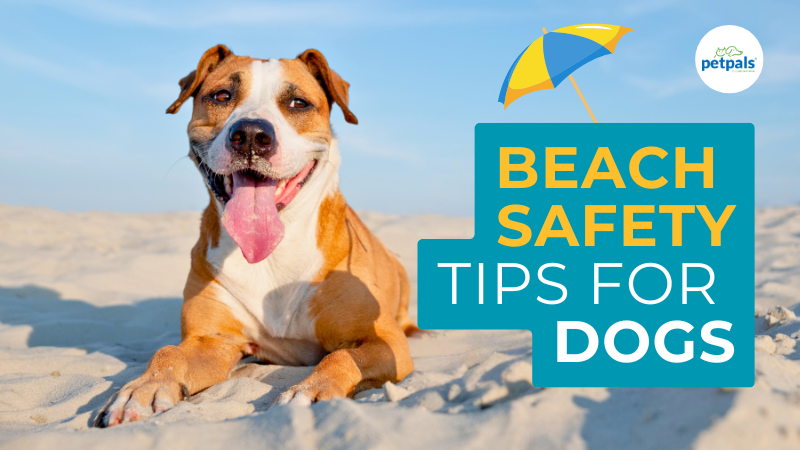
There’s nothing quite like a sunny day on the coast with your four-legged friend. The freedom, the fresh air, and the open space make beaches a paradise for dogs – but before you head for the sand and sea, it’s important to consider some crucial safety tips to ensure it’s a positive experience for everyone involved.
1. Check the Dog-Friendly Status

Not all beaches welcome dogs, and some have seasonal restrictions, especially during the warmer months. Always check local council guidelines or signage before setting off. A quick search or phone call can save a wasted journey and potential fines. Use The Beach Guide’s website to help find dog-friendly beaches near you: Dog Friendly Beaches | UK Beach Guide
2. Watch Out for Heat and Hot Sand

Even in the UK, the sun can be stronger than it seems. Dogs can easily overheat when running on the beach, particularly breeds with thick coats or short noses (brachycephalic breeds). Try to visit early in the morning or later in the evening when it’s cooler.
Hot sand can also burn paw pads, just like tarmac. If you can’t walk on it barefoot, it’s too hot for your dog too.
3. Sea Safety: Swimming Isn’t for Every Dog
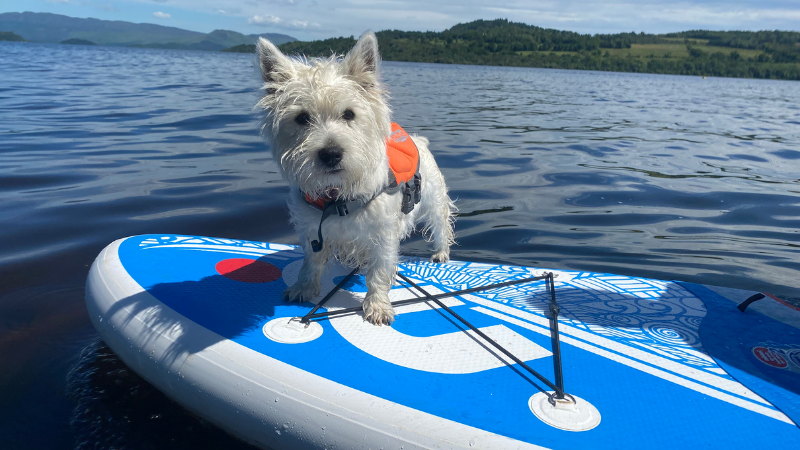
Not all dogs are natural swimmers. If it’s your dog’s first time at the beach or near the water, supervise them closely. Strong tides, large waves, or cold water can be frightening – or even dangerous – for some dogs. Consider using a well-fitted dog life jacket if you plan to venture into deeper water or go paddleboarding together.
4. Beware of Saltwater Ingestion
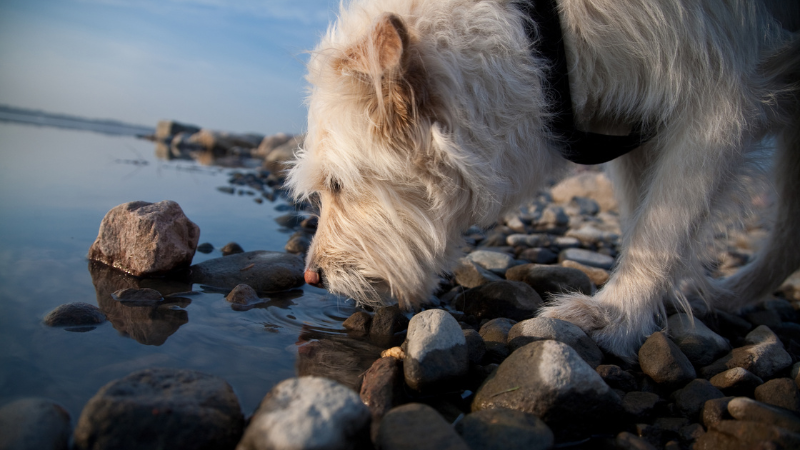
Dogs can get very thirsty during beach play, but drinking seawater can cause your dog to fall ill or suffer salt poisoning, from the salt, bacteria and parasites in the water. Symptoms may include vomiting, diarrhoea, weakness, or even seizures. Try to discourage your dog from drinking seawater from rock pools or puddles. Always bring plenty of fresh water and a portable bowl, and encourage regular water breaks.
6. Pick the Right Toys – Avoid Sand-Collecting Balls

One important but often overlooked hazard is the type of ball or toy you bring along. Some popular dog balls – especially those made from soft, fuzzy, or sponge-like materials – tend to pick up and retain sand. As your dog retrieves and chews these toys, they can accidentally ingest large quantities of sand.
This can lead to a serious condition known as sand impaction, where sand accumulates in the stomach or intestines, causing discomfort, vomiting (sometimes with sand in the vomit), lethargy, and in severe cases, the need for emergency veterinary care.
🟡 Top Tip: Choose rubber or solid plastic balls that don’t trap sand. After each throw, check for any visible grit or debris. And if your dog starts to show signs of distress, stop play immediately. Other ways to prevent sand impaction can be found here.
6. Provide Plenty of Shade
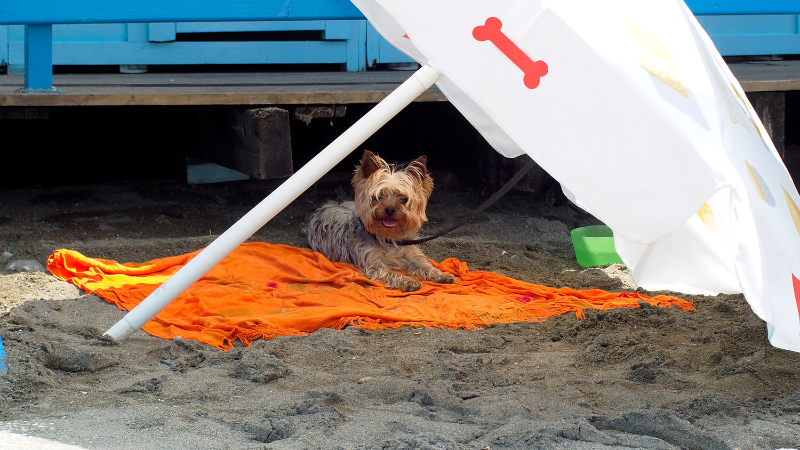
Dogs don’t sweat like we do and can quickly become uncomfortable or dangerously overheated under direct sun. When heading to the beach, bring along a pop-up sun tent, parasol, or even a large towel to create a shady retreat.
Encourage your dog to rest in the shade regularly, especially during the peak heat of the day (usually between 11am and 3pm). Cooling mats or damp towels to lie on can also help bring their body temperature down. And don’t forget to offer cool, fresh water frequently to keep them hydrated. Find other ways to keep your dogs cool and safe in the sun.
7. Be Mindful of Wildlife and Washed-Up Hazards
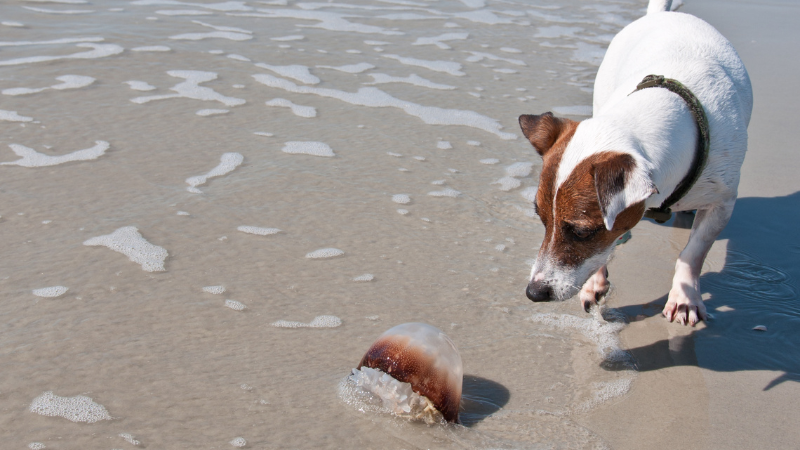
Beaches are home to fascinating wildlife – from seabirds and crabs to jellyfish and washed-up seaweed. Some may pose dangers if your dog tries to chase, eat or roll in them. Keep your dog under close supervision and discourage scavenging behaviour.
8. Practice Good Beach Etiquette
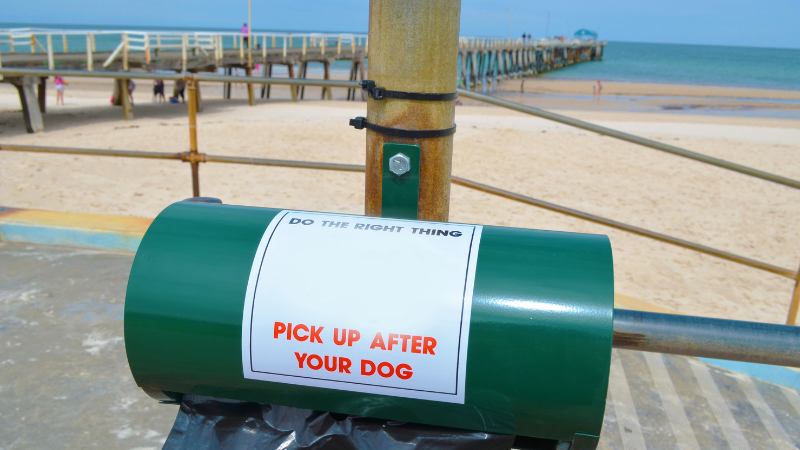
Always pick up after your dog and dispose of waste responsibly. Even biodegradable poo bags can cause environmental harm if left behind. Respect other beachgoers – not everyone is comfortable around dogs, no matter how friendly yours may be.
9. Dry Off and Rinse Afterward

Saltwater and sand can irritate your dog’s skin and paws, particularly between the toes. If possible, rinse them off with clean water before heading home and dry them thoroughly. This helps prevent hotspots and infections, especially in dogs with skin sensitivities.
Final Thought
A beach day with your dog can be the highlight of your summer – full of happy memories, wagging tails, and sandy smiles. By planning ahead, staying vigilant, and packing smart (including the right toys), you’ll ensure your seaside adventure is safe, healthy, and truly pawsome. 🐶🌊 Have fun and stay safe!
In the meantime, if you need any further advice, please reach out to one of our Petpals teams here: Find a Petpal

